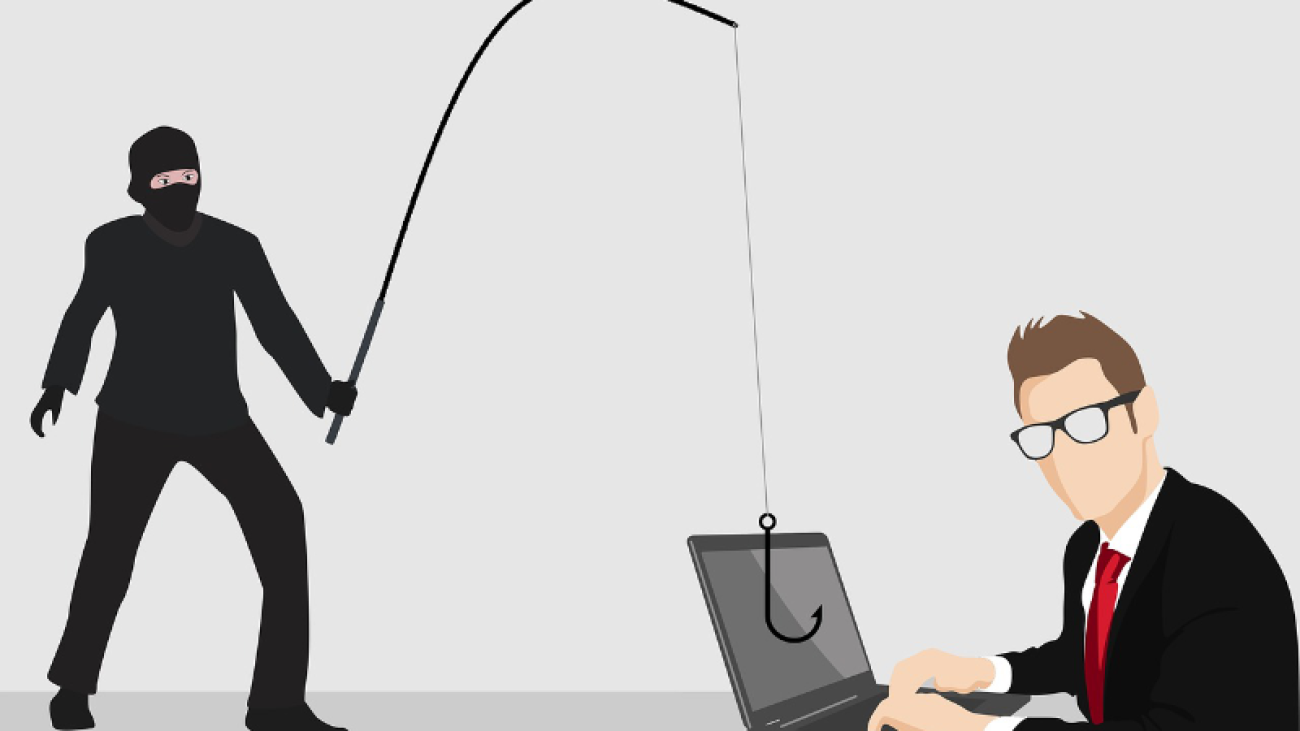Hackers are becoming more skillful each day trying to access our private information. They know what kind of information is beneficial and they are eager to use it. This is how identity theft and ransomware cases happen everyday all around the world and nobody’s data is invulnerable. However, Phishing emails is one of the most famous online scams that people with bad intention use to steal personal data. Yearly statistics present an increasing rate at which this malicious technique is continuing to lure people into revealing their personal information.
What are phishing emails?
An email designed to deceive you into clicking on a malicious hyperlink or submitting your personal data. It can be presented in different formats of contents like attracting you with a deal, frightening you with a threat or declaring that any of your family member needs something from you, pretending as a website or service you trust, or in lots of different methods.
Best tips on how to spot and keep away from phishing attempts:
Do not depend only on spam filters.
Most email tools block phishing emails by detecting certain senders’ email addresses and then move them straight to the spam folder. However, there will always be cunning criminals who will create new methods to trick the filter.
Pay special attention on the email address/title.
Firstly, you need to recognize a suspicious email simply by looking at the name of the sender or email address. We usually have a list of contacts we expect to receive the emails from. For example, if you see that Tom Cruise is emailing you – chances are high that such email is likely to be a click-bait unless you do have a friend or family with the same name.
In case if you feel suspicious about the name on the email address, then don’t open it. If the email came from an apparently trusted source but contains a doubtful headline, then send a separate email to that particular entity to verify whether their mailbox was compromised. Remember, do not reply to the original email! However, an email can also be considered questionable if the sender’s name or address is spelled incorrectly especially if it’s a large and well-known brand.
Self-questioning: Do I really have to click on the hyperlink?
If by any chance you opened the email because of the curiosity, do not click on any links nor download any attachments provided in this email because it might contain hiding malware and can almost certainly infect your device system.
Are there spelling errors within the email?
Big companies that send emails to their customers carefully deal with the details and triple verify for errors to maintain the positive image of their brand. So if there are spelling errors in the email, you might need to doubt its authenticity.
Verify twice or triple the offer.
If you receive any email offering ticket giveaways for a costly trip, analyze whether the offer is true before you click on any links. It’s comprehensible that you’d be curious about what’s within it but before it’s too late that you carelessly give away your personal data, search for this offer on Google first. Sadly, we might need to tell you – if it sounds too good to be true, it’s probably a scam.
Phishing emails become more and more elaborate and realistic than they used to be. Some might pretend to be from your tax refund service whereas others appear to come from any of your friends. Clicking on any hyperlink within the email would possibly take you to a lookalike website that can deceive you into giving away your personal information or even downloading a virus which would secretly sending your data to the malicious hackers.
